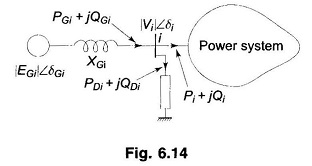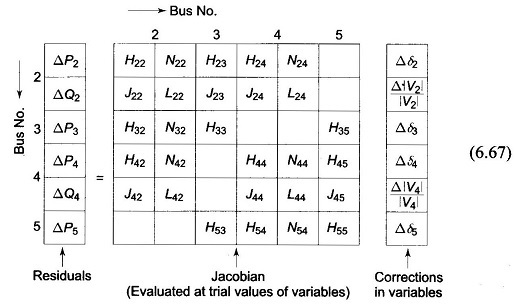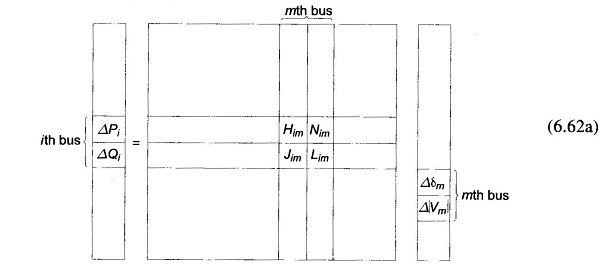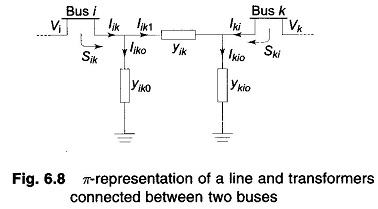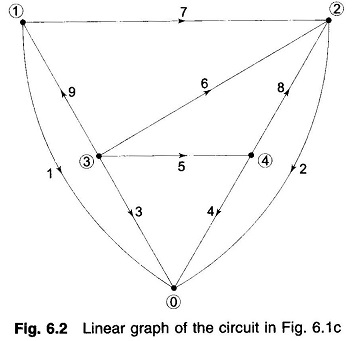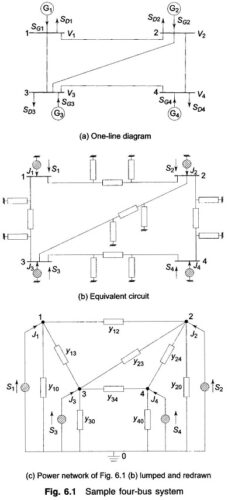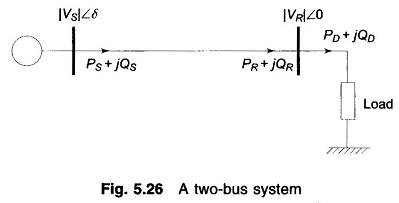Introduction to Optimal System Operation
Introduction to Optimal System Operation: The optimal system operation, in general, involved the consideration of economy of operation, system security, emissions at certain fossil-fuel plants, optimal releases of water at hydro generation, etc. All these considerations may make for conflicting requirements and usually a compromise has to be made for optimal system operation. Here we […]
Introduction to Optimal System Operation Read More »

